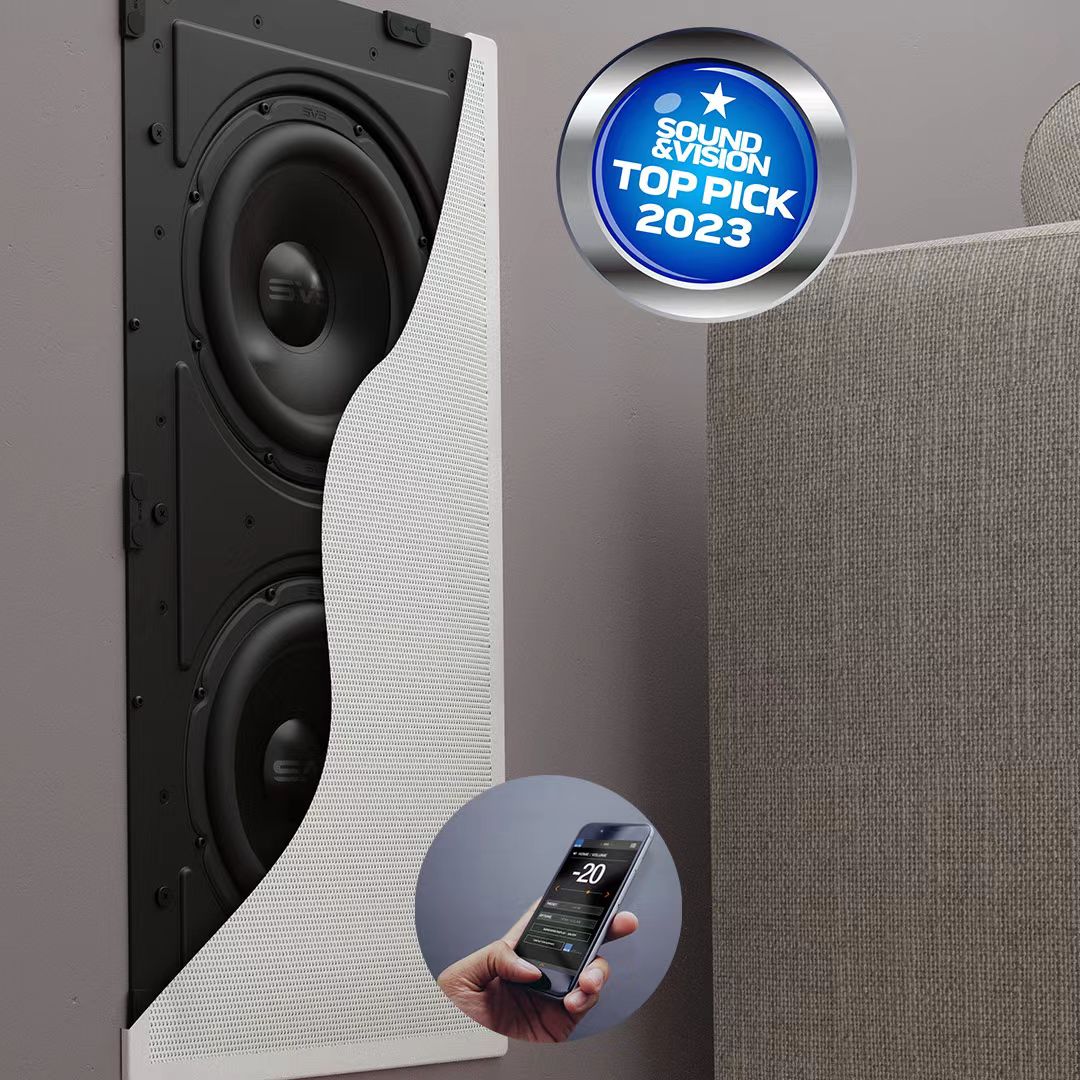 Sound&Vision is a authoritative audio-visual media in the United States, which selects the best products of the year every year. Recently, Sound&Vision’s official website announced the best choices of 2023, covering speakers, AV receivers, displays, projectors, headphones and multi-room audio systems, among which the American SVS’s first in-wall subwoofer 3000 In-Wall won the best subwoofer award of the year.
Sound&Vision is a authoritative audio-visual media in the United States, which selects the best products of the year every year. Recently, Sound&Vision’s official website announced the best choices of 2023, covering speakers, AV receivers, displays, projectors, headphones and multi-room audio systems, among which the American SVS’s first in-wall subwoofer 3000 In-Wall won the best subwoofer award of the year.
The following is the test result and evaluation of 3000 In-Wall by Sound&Vision:
SVS is famous for its professional technology of making high-performance subwoofers, which occupies a place in the field of home theater and music system. SVS was founded in 1998 by a group of passionate audio enthusiasts, whose mission was to revolutionize the subwoofer market by providing exceptional performance that exceeded existing products. I clearly remember my first SVS subwoofer, a 20-39 PC with an integrated amplifier, which provided me with good service for several years before I upgraded to PC Ultra, which I still use today after nearly twenty years.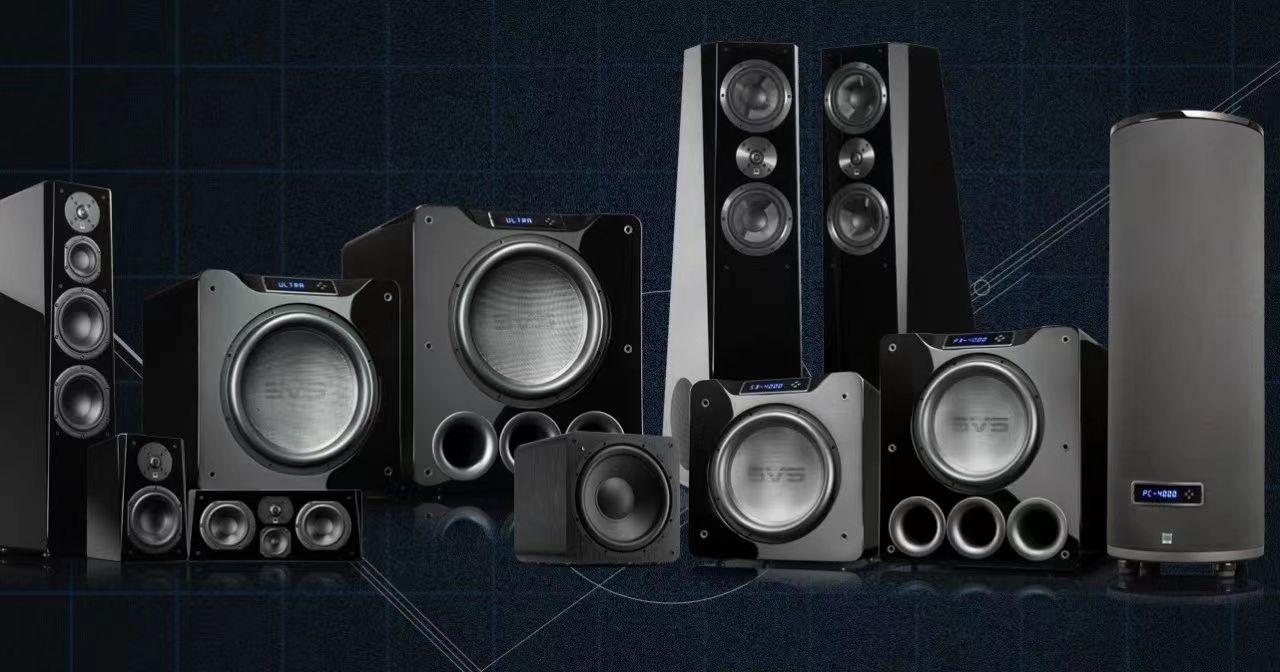
SVS 3000 IN-WALL in-wall subwoofer provides deep and powerful bass with a stylish and low-key package. It has dual 9-inch drivers, installed in a shallow and narrow enclosure, which can be installed between standard wall studs.
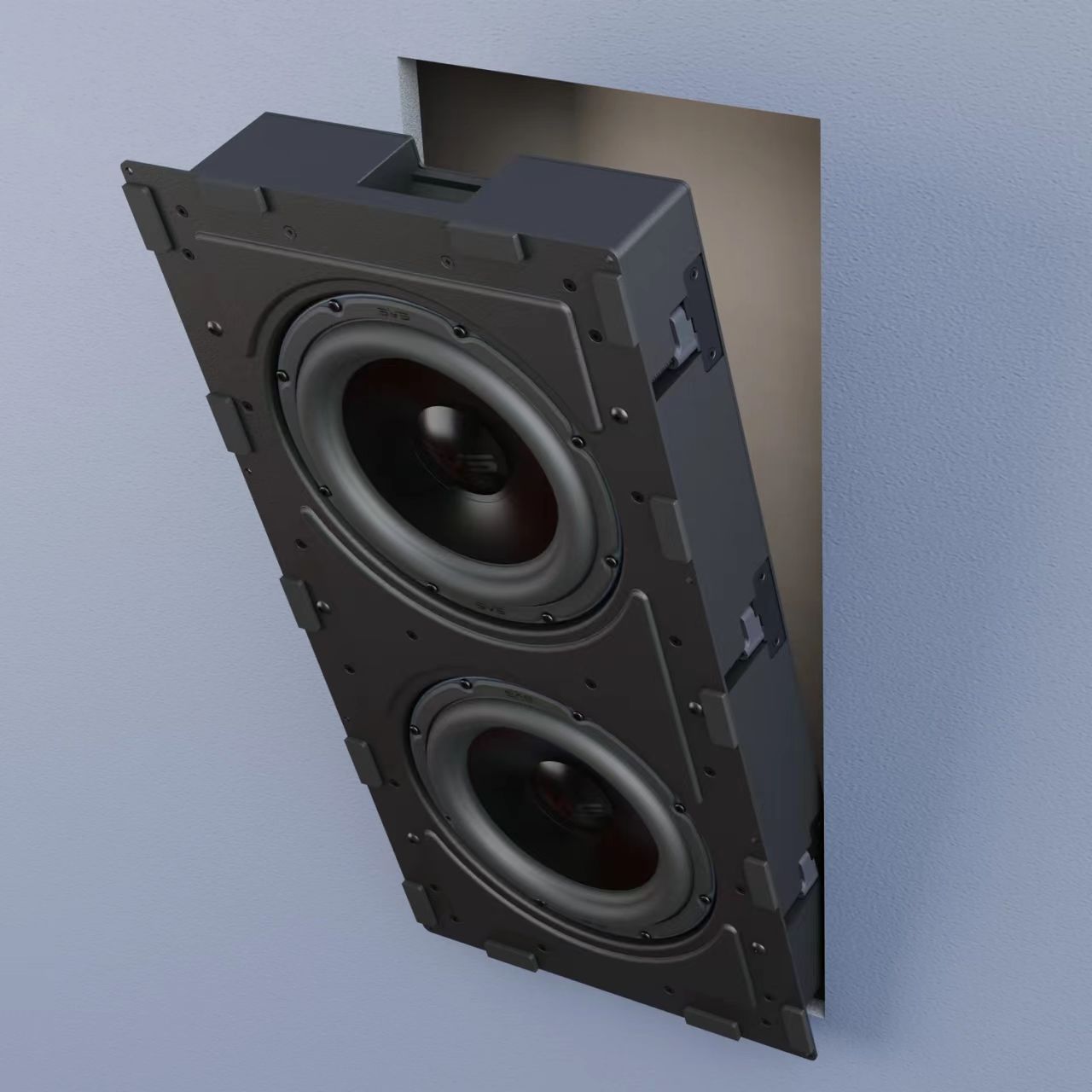
SVS 3000 IN-WALL in-wall subwoofer, with its simple and stylish design, brings deep and powerful bass experience. Equipped with dual 9-inch drivers, its compact enclosure can be easily installed between standard wall studs. Compared with traditional box or cylindrical subwoofers, SVS’s in-wall subwoofer design is more distinctive. In the case of limited space, the designer needs to ensure that the cabinet has acoustic inertia, even when the drivers are driven to the extreme level. To achieve this goal, SVS uses solid aluminum front and rear baffles and internal bracing. The paintable magnetic grille is not flush with the wall, but protrudes slightly into the room by about an inch.
SVS 3000 IN-WALL is equipped with dual active 9-inch drivers, with oversized motor design, custom-tooled basket and rigid aluminum cones. Its excellent design enables the compact enclosure to achieve excellent acoustic output and thermal efficiency, meeting the needs of embedded installation.
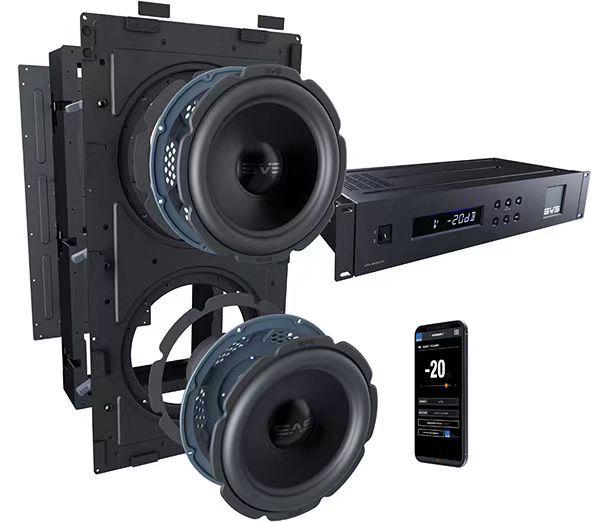
The matching Sledge STA-800D2C amplifier is also impressive, providing 800 watts RMS and 2500 watts peak power. The amplifier combines discrete MOSFET high-current output with Class D efficiency, and Analog Devices 50MHz DSP processing capability. 2U rack-mountable size (including rack ears) is easy to integrate into equipment rack. Connection methods include RCA input, dual subwoofer output (single subwoofer 800 watts, dual subwoofer 400 watts x 2), 3.5 mm trigger and USB port, supporting connection of SVS SoundPath wireless audio adapter (sold separately).
The DSP of Sledge STA-800D2C amplifier has advanced control functions, such as variable crossover, phase and room gain compensation, which enable the end user to adjust the subwoofer performance according to the room acoustic characteristics. More importantly, the amplifier integrates SVS subwoofer control smartphone application, which provides the above control and three-band parametric equalizer through Bluetooth connection. Users can precisely adjust the boost or cut, Q factor and frequency control to the single hertz level, ensuring the best audio performance.
Delivery and installation
SVS 3000 IN-WALL in-wall subwoofer and amplifier are delivered by UPS, packaged in a package weighing 45 pounds, containing amplifier, in-wall subwoofer and rack-mountable earphone. Another batch of goods also comes with a pre-construction kit, but this is not necessary for the installation of finished rooms.
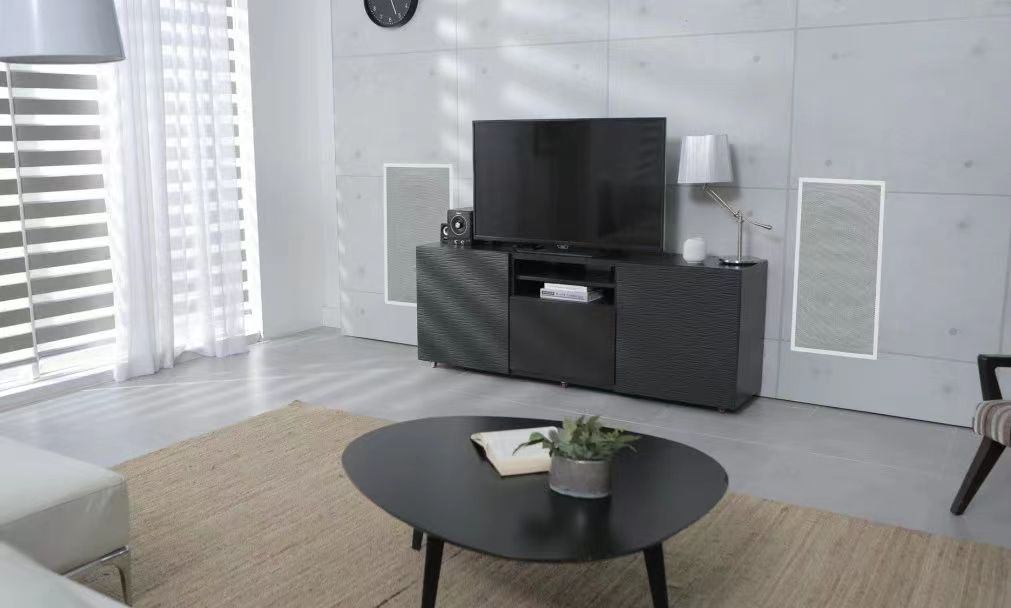
I chose to install the subwoofer in the study, where there is a 15-year-old Vizio 50-inch plasma TV, Denon 2313CI AVR, Oppo BDP-103 Blu-ray player and TiVo Bolt. To match the in-wall subwoofer, I decided to upgrade the sound system, with RSL W25E in-wall speakers for the front and surround left/right channels, and RSL CG25 center channel speaker with matching timbre.
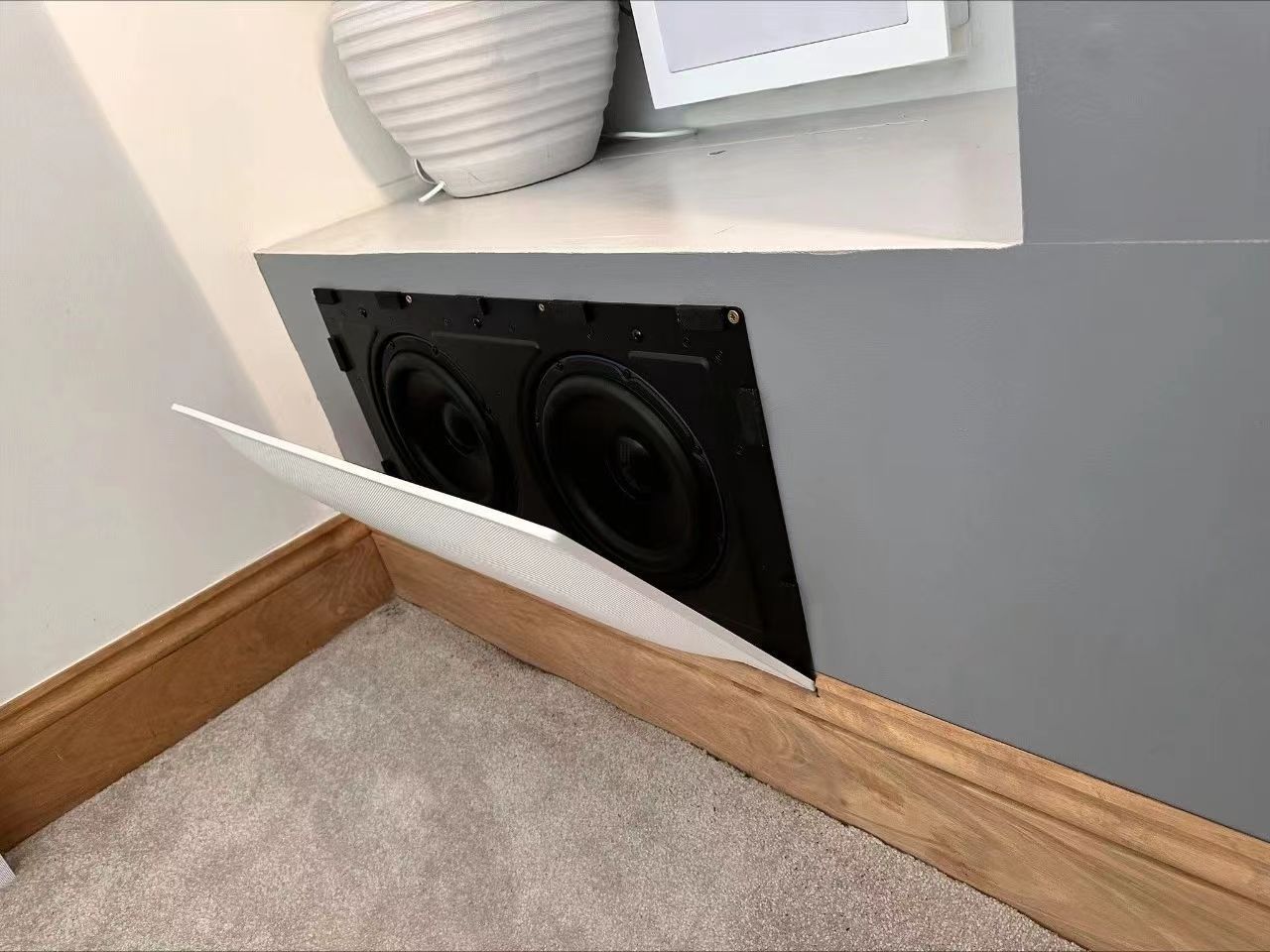
The original plan was to use W25E speakers throughout the room, but a naughty wall nail hindered the position of the central channel, so I chose to place the traditional speaker on the shelf above the TV, rather than carry out a complex construction project.
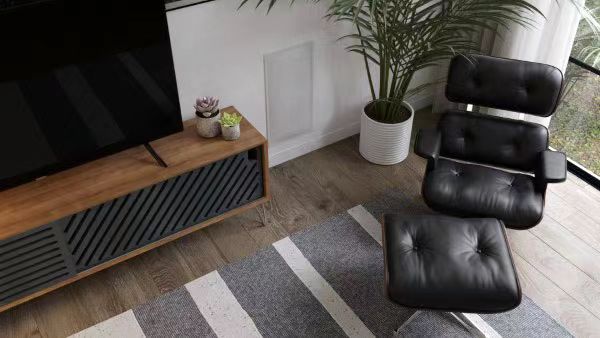
The installation process of the in-wall subwoofer is relatively simple, requiring only some basic tools and home building knowledge, but note that this is not for the faint-hearted. First, when placing non-in-wall subwoofers in the room, there are multiple placement options, if you think B position is better than A position, you can easily move to another position. However, once the in-wall subwoofer is selected, it cannot be changed unless the drywall is repaired.
Choosing the right position requires following a few guidelines. First, test the subwoofer outside the wall to ensure its performance. Although the sound may change after installation, this step can provide a good performance baseline. Second, measure the available space, ensuring that the subwoofer is suitable in depth and height.
For standard 2×4 structure walls, every inch of depth is critical, and you need to check for hidden obstacles such as wires. Third, if applicable, get your spouse’s consent. In my case, my spouse vetoed two positions due to visibility concerns, and we finally chose an inconspicuous corner, while ensuring excellent acoustics.
After determining the position, place the subwoofer template on the wall and mark the opening. Use a drywall saw or jigsaw to cut the opening, preferably with an assistant operating the workshop vacuum cleaner to reduce dust. Next, connect the speaker wire from the amplifier to the subwoofer, drilling holes through the wall nails if necessary. Although my experience in home theater installation made this process easy, I still recommend hiring a professional installer for those who are not good at DIY projects.
Installation and use
After completing the wall-mounted installation, the adjustment method is the same as other subwoofers. Find the RCA subwoofer output on the back of the AVR, and connect the cable to the input on the back of the amplifier. Then, connect the speaker wire from the in-wall subwoofer to the STA-800D2C amplifier. Turn on the device power, use the AVR’s test tone to confirm that all speakers are working properly, and then perform Audyssey calibration.
After the calibration is completed, use the UMIK-2 measuring microphone and REW (Room EQ Wizard) software to verify the results. The results show that compared with the measurement value of 1 foot, the subwoofer’s in-room response is optimized. The installed speaker no longer attenuates at around 30 Hz, but attenuates at 22 Hz, which is consistent with the specifications provided by SVS.
Listening review
After completing the installation, to ensure the good performance of the system, I started to listen to some audio materials, so that my ears could adapt to the new system. The first disc I inserted was the DVD disc of the 1994 Eagles’ “Hell Freezes Over” concert. The concert was located at Warner Brothers Studios in Burbank, California, recorded for MTV special program, and used excellent DTS 5.1 mixing technology. The opening track of the concert “Hotel California” features an extended performance of acoustic guitar and percussion, which I used to observe the subwoofer’s bass response speed and accuracy. After testing, the 3000 In-wall subwoofer performed excellently, fast, clean and precise, leaving a deep impression on me.
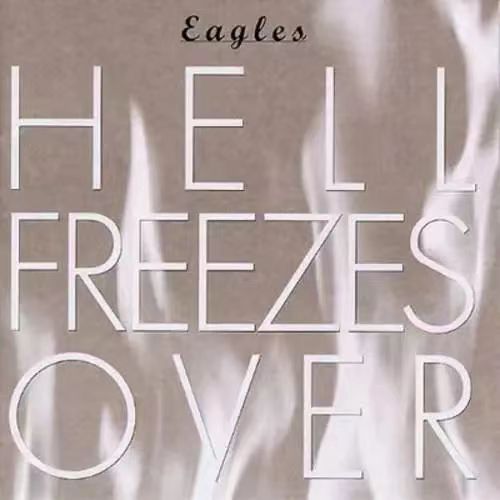
After testing various FLAC audio tracks on the local server, I evaluated the performance of the heavy subwoofer in different types of music. Beastie Boys’ “Brass Monkey” presented excellent sound quality, but my wife was dissatisfied with it, she complained that the song caused the dishes in the next room to make a creaking sound – she did not appreciate this song, but I think the dual 9-inch subwoofer can cause tactile response in the home environment, which is impressive.
The speed of the dual subwoofer is also very good, in Regina Spektor’s “Fidelity”, the bass kick sound is fast and not sluggish, unlike the inferior subwoofer. This speaker reminds me of the SVS SB-3000, which is one of the best speakers I have ever reviewed at any price.
It’s time to load some bass-intensive Blu-ray discs, and see if the 3000 IN-WALL can continue the brand’s excellent tradition. “Sonic the Hedgehog” uses Dolby Atmos original sound, showing its ease in handling heavy bass scenes, such as Robotnik’s large drill appearance and the climax of the San Francisco battle, where explosions are everywhere, and the sound energy is below 20 Hz. Although the subwoofer attenuates at 22 Hz, it has sufficient output power below this frequency, so its thickness and presence far exceed expectations.
“Godzilla vs. Kong” is not a high-brow entertainment film, but under the contrast of dynamic Dolby Panorama
Visits: 0









